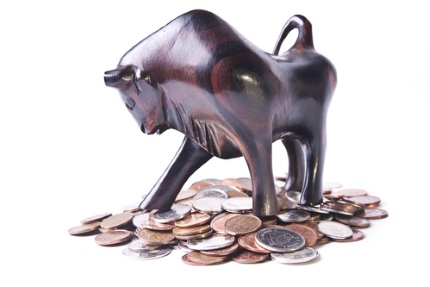After a wonderful 2021 for stock investors, the last two years have been rough, to say the least. The next sustained bull market seems to remain in the unknown future.
So let’s look at a couple of market strategies that have worked and will do so no matter how the stock market goes…

It is extremely difficult (for most investors, I’d say it is impossible) to time the market and generate above-average returns from capital gains. I recommend strategies that provide consistent returns.
My Dividend Hunter service focuses on investing in high-yield securities. It has been my best-performing strategy over the last year. Many investors get high-yield investing wrong and stay too focused on share prices. The focus of high-yield investing should be on the cash income stream. Yield means dividends, which are cash returns that don’t go away when share prices go down.
The goal of high-yield investing is to build a stable and growing income stream. I advise my Dividend Hunter subscribers to track their portfolio income quarter after quarter. As long as the income increases, they are fine, and it doesn’t matter what happens to share prices.
Over the long term, a high-yield strategy naturally leads to buying during market downturns. When share prices drop, yields increase, making shares more attractive for income-focused investors. If you make regular monthly contributions, you will buy more shares when the market is down and fewer at market highs. The result will be a lower average share cost and a higher yield on cost.
Starwood Property Trust (STWD) is a long-term Dividend Hunter recommendation. I started my solo 401k in late 2017 and bought my first shares of STWD in January 2018. The first purchase cost $21.18 per share. Over the last six years, I have added STWD shares at prices ranging from $10.96 (at the bottom of the pandemic-triggered crash) to $24.38. My average cost is $17.45 per share, giving me a yield on cost of 11%.
For my Monthly Dividend Multiplier service, I use a dividend growth strategy. You can build wealth by investing in stocks that grow their dividends. You will likely get frustrated with the process before you reach your wealth target.
History shows that the compound annual total returns from a dividend growth stock will end up very close to the average dividend growth rate plus the average dividend yield. For the famous Dividend Aristocrats, this math puts annual returns in the single digits. The realized returns tend to get lost in the short-term market swings, but the math works as you look at five-year and longer time frames.
For the Monthly Dividend Multiplier portfolio, I search out dividend growth stocks where the yield plus dividend growth math gives numbers in the mid-teens. That level of compounding returns will double your money about every five years.
I’ve ensured that the portfolio is diversified across as many sectors as possible that meet my dividend criteria. I track results quarterly and am always surprised by the short-term gains and losses among individual stocks and market sectors. For example, for the third quarter, the Monthly Dividend Multiplier individual returns ranged from gains of over 30% to a loss of more than 30%.
To take advantage of the intermediate swings, I have set weightings for the portfolio stocks, and we rebalance every quarter.
NextEra Energy Partners (NEP) was the big loser for the third quarter. The company reduced its dividend growth guidance from 12% to 15% per year to 5% to 8% through 2026. The NEP share price dropped by 20% in one day and is down double that year to date. But… after the drop, NEP now yields 9%. Add that to 5% dividend growth, and you have potentially mid-teens total annual returns in the future.
Our end-of-Q3 rebalance allowed my subscribers to average down their cost basis on NEP to benefit from future dividend growth.





